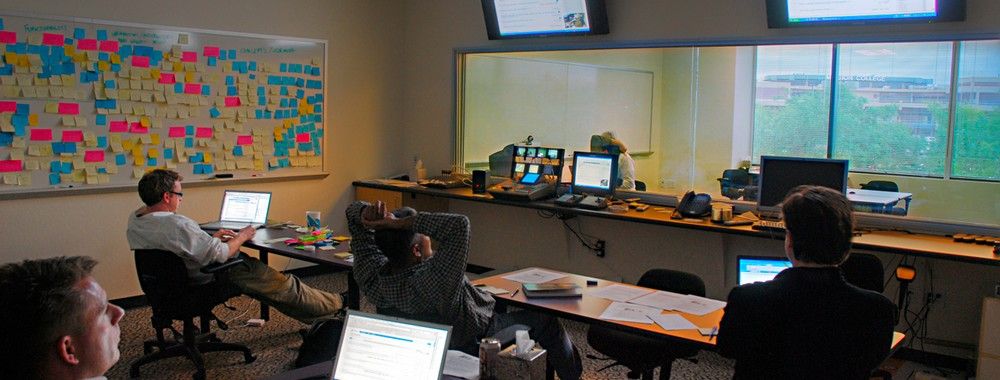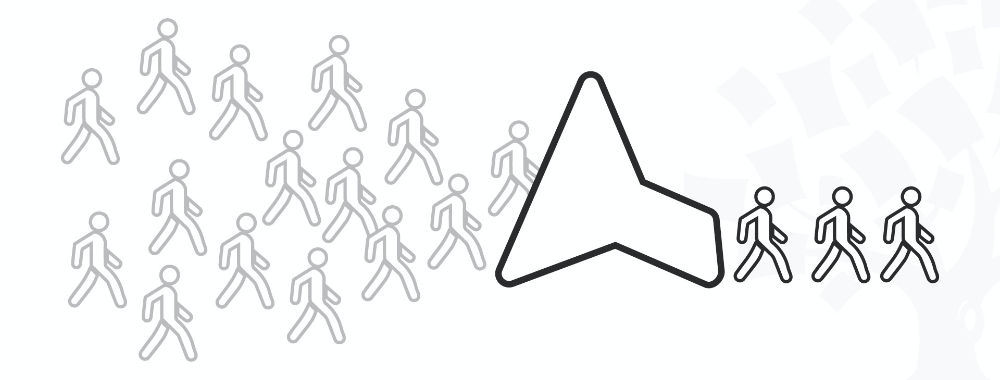Take a deep dive into Participant Screening with
our course
Conducting Usability Testing
.
Do you know if your website or app is being used effectively? Are your users completely satisfied with the experience? What is the key feature that makes them come back? In this course, you will learn how to answer such questions—and with confidence too—as we teach you how to justify your answers with solid evidence.
Great usability is one of the key factors to keep your users engaged and satisfied with your website or app. It is crucial you continually undertake usability testing and perceive it as a core part of your development process if you want to prevent abandonment and dissatisfaction. This is especially important when 79% of users will abandon a website if the usability is poor, according to Google! As a designer, you also have another vital duty—you need to take the time to step back, place the user at the center of the development process and evaluate any underlying assumptions. It’s not the easiest thing to achieve, particularly when you’re in a product bubble, and that makes usability testing even more important. You need to ensure your users aren’t left behind!
As with most things in life, the best way to become good at usability testing is to practice! That’s why this course contains not only lessons built on evidence-based approaches, but also a practical project. This will give you the opportunity to apply what you’ve learned from internationally respected Senior Usability practitioner, Frank Spillers, and carry out your own usability tests.
By the end of the course, you’ll have hands-on experience with all stages of a usability test project—how to plan, run, analyze and report on usability tests. You can even use the work you create during the practical project to form a case study for your portfolio, to showcase your usability test skills and experience to future employers!



